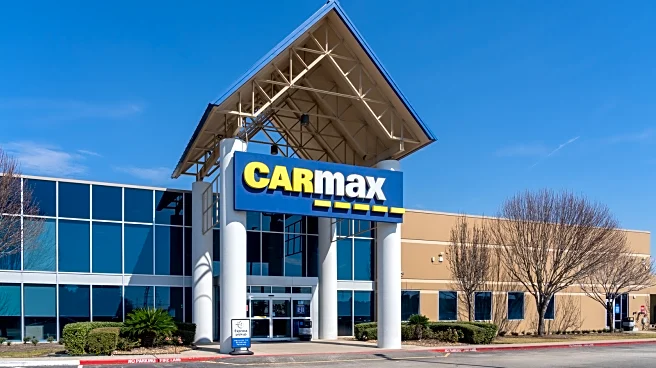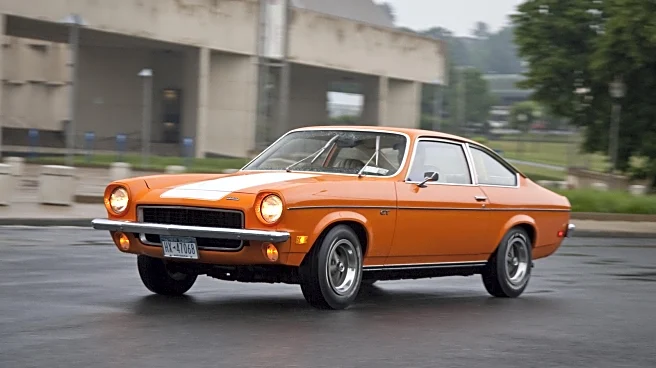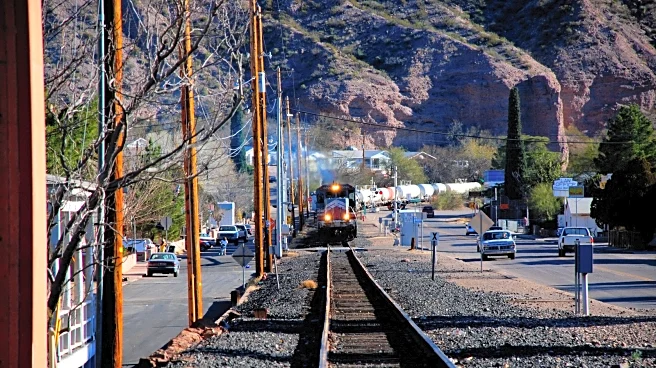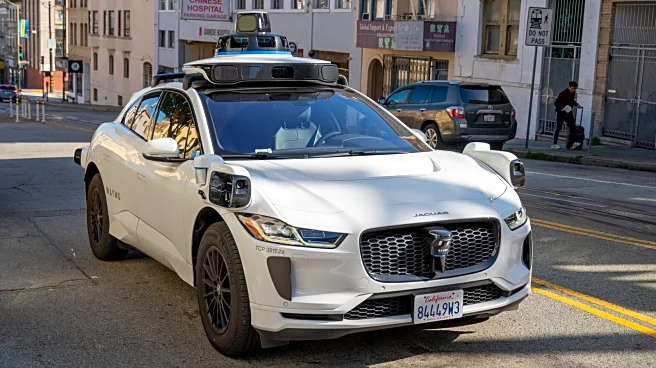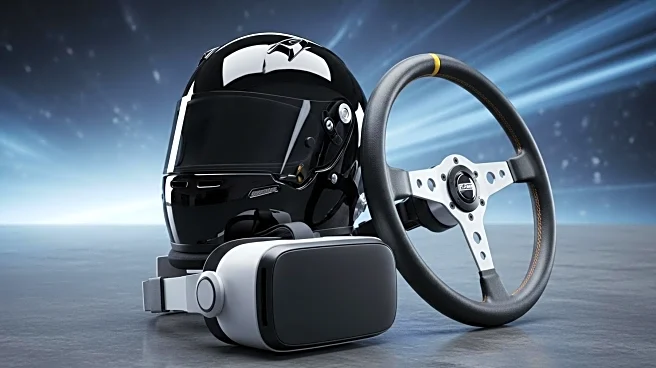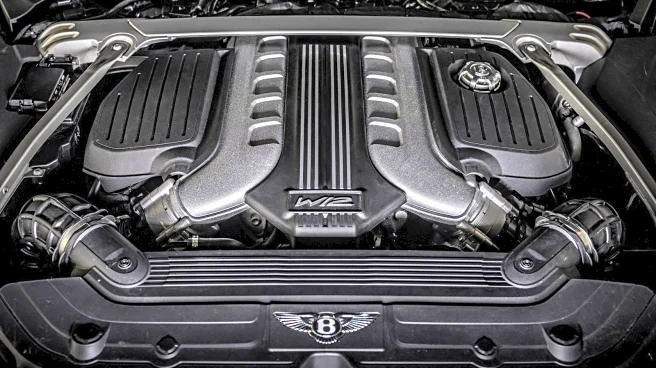
When one brings up a W12 engine, most car enthusiasts will undoubtedly be familiar with the Volkswagen-developed unit that powered several Volkswagen Group vehicles, most notably a range of Bentley models. The Life W12, however, is a much less celebrated chapter from the W12 history books.
You won't find it lurking beneath the hood of any Volkswagen or Bentley, either, as it was especially manufactured for use in Formula One. The engine was developed by ex-Ferrari engineer Franco Rocchi and Italian
businessman Ernesto Vita. Rocchi knew a thing or two about F1 engines, but it would appear he forgot almost all of it when putting the Life W12 together.
It was to be developed for the changing world of F1. The iconic turbo era was coming to an end, and Vita, convinced that Rocchi's 3.5-liter, naturally aspirated W12 was the future of the sport, commissioned Rocchi to build his engine. Vita could then demonstrate and sell the W12 to F1 teams who would no doubt be eager to get their hands on the new unit. To Vita's surprise, the orders didn't come flooding in, and so he decided to launch his own F1 team instead.
This would give both Vita and Rocchi the perfect opportunity to showcase just how brilliant the Life W12 engine was; surely the other constructors would then have no choice but to order the competitive new engine. That's not exactly what happened, though, and the engine turned out to be embarrassingly slow and unreliable, especially compared to the V8s and V10s dominating the rest of the field.
Read more: The 10 Best And Worst Engines Made By Major Automakers
Things Started Badly And Got Worse For The Life W12
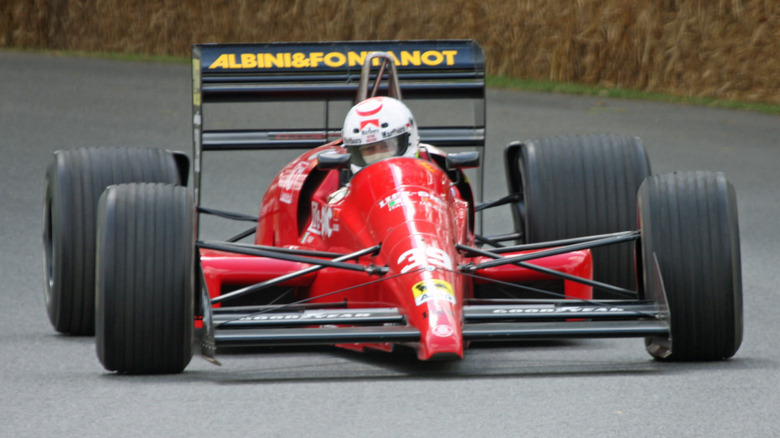
The 1990 season was set to start, and Ernesto Vita was there, ready and waiting with his new Life L190 racer. Vita had managed to sign some promising talent for the first race, with Gary Brabham -- son of three-time F1 World Champion Jack -- driving the L190 for its first official appearance. The season kicked off in Phoenix, Arizona, and pre-qualifying would be the perfect opportunity for the new team to demonstrate the W12's awesome power. What actually happened was that the Life L190 recorded a lap some 35 seconds off the eventual pole time. The car was too slow to compete and didn't even make it to qualifying.
Sadly, there was no quick fix. The Life W12's 375 bhp was barely half of the race-winning Honda V10 engines, and the lap times were further evidence of the W12's miserable performance. In Monaco, the L190 lapped 14 seconds off the pre-qualifying pace, while the deficit was nearly 3 minutes in Mexico. The dream was over, and Life eventually swapped the W12 for the more reliable and higher-performing Judd V8 — a proven powerplant many F1 cars from the era used.
However, it was too little too late. The Life team continued not to make the starting grid, and Vita pulled the plug on the whole operation before the season had even concluded. Without a doubt, the Life L190 is up there as one of the worst F1 cars ever made, and the Life F1 story is probably one that its protagonists tried hard to forget over the years.
The Life L190's Legacy
Ernesto Vita and Franco Rocchi likely weren't the only ones who pushed the miserable W12 engine and the poor-performing racer it powered to the back of their minds. Having not even completed a single season or even reached the starting grid, many have probably forgotten about Vita's attempts altogether. Interestingly, the Life L190 remains the last F1 car not to use a V-shaped engine, so while the L190 itself is largely forgotten, the lessons learned have clearly been remembered by F1 engineers since. It may not have been successful, but the Life W12 was iconic in its own way and arguably an engine that changed the course of F1 racing.
However, the Life L190 would finally get a chance to show off some 29 years after it was meant to dazzle in the world of F1. In 2009, a restored L190, with a lot of work focused on repairing and improving the W12 engine, got an opportunity to demonstrate its power at the 2009 Goodwood Festival of Speed. Here, the all-but-forgotten Life L190 powered up the famous Goodwood Hill and finally had its moment in the spotlight. It didn't break down, and with no Honda V10-powered greats in the way, it wasn't overshadowed either.
Want the latest in tech and auto trends? Subscribe to our free newsletter for the latest headlines, expert guides, and how-to tips, one email at a time.
Read the original article on SlashGear.


